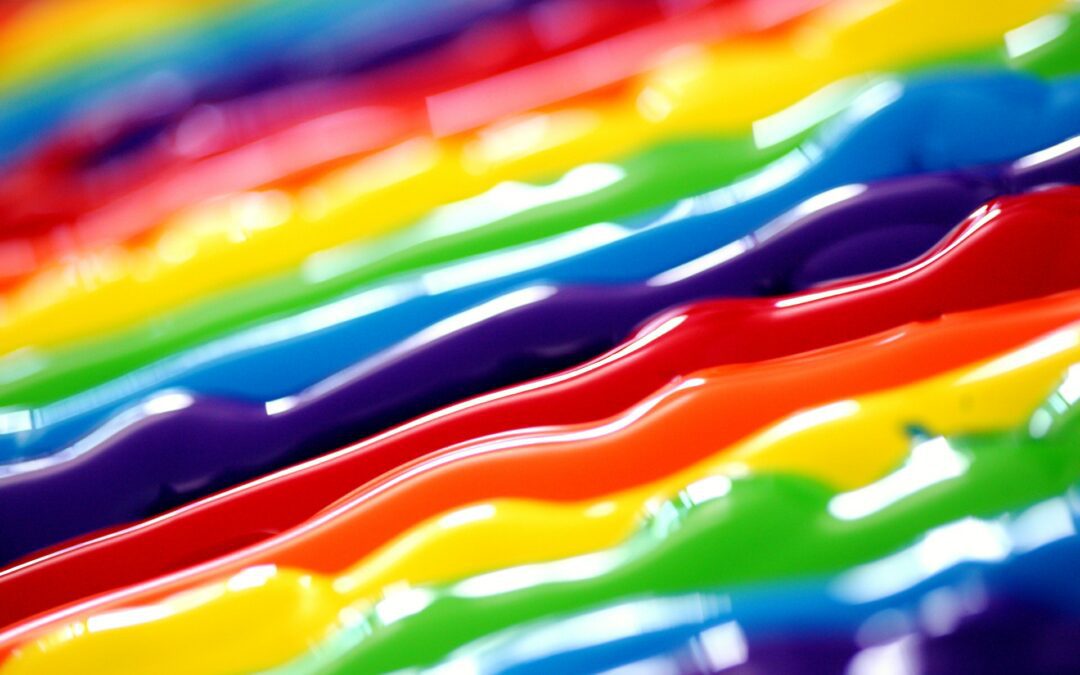Acrylic plastic surfaces are popular in many industries due to their versatility and durability. However, as every acrylic supplier will confirm – scratches can occur on acrylic plastic sheets over time.
Understanding Scratches
Before attempting to restore an acrylic plastic surface, it is important to understand the type of scratch that is present.
Depending on the severity of the scratch, different techniques may be necessary for proper restoration. A light scratch on your plastic sheet can usually be buffed out with a polishing compound or a mild cleaner and cloth; however, deeper scratches may require more aggressive techniques such as wet sanding and buffing with an abrasive pad.
It is also important to consider any special finishes applied to your acrylic plastic sheet surface before attempting any restoration methods.
Cleaning and Polishing
The first step in restoring acrylic plastic surfaces is cleaning and polishing them with a soft cloth and mild soap or detergent solution. Try using a non-abrasive cleaner and a soft cloth to buff out the scratch. Some people have had success using toothpaste or baking soda and water paste as a non-abrasive cleaner.
This will help remove any dirt or debris that has built up on the surface of the plastic and make it easier for you to identify any scratches that may be present. After cleaning, you should use a quality polishing compound made specifically for acrylic plastics in order to remove light scratches from the surface.
If this does not work, then it is time for more aggressive methods such as wet sanding and buffing with an abrasive pad.
Wet Sanding
If polishing does not remove scratches from your acrylic plastic surface, then you may need to resort to wet sanding with fine-grit sandpaper (e.g., above 800-grit). Start with a low grit (such as 400) and gradually move up to a higher grit (such as 2000). Wipe away the sanding dust with a soft cloth.
This method involves using water along with sandpaper in order to reduce friction while working on the surface of the material; this helps ensure that no damage occurs during the process.
Wet sanding should only be used for deep scratches as it can cause further damage if done incorrectly or too aggressively. Once you have finished wet sanding, you should rinse off any remaining residue before moving on to buffing with an abrasive pad.
Buffing With An Abrasive Pad
Finally, if all else fails, you can attempt to restore your scratched acrylic plastic surface by buffing it with an abrasive pad or buffer wheel designed specifically for plastics (e.g., 3M Perfect-It Buffer Pads).
You can use a polishing compound specifically designed for acrylic plastic. These can be found at most auto parts stores. Apply the compound according to the manufacturer’s instructions and use a soft cloth to buff the scratched area.
This method requires some skill and practice but can yield excellent results if done correctly; just be sure not to apply too much pressure when buffing as this could cause further damage or even melt certain parts of your material!
Additionally, always use caution when working around power tools such as buffers; remember safety first. It’s important to be gentle when attempting to remove scratches from acrylic plastic, as the material can easily be damaged or scratched further if you are too rough.
Acrylic plastic scratches: tricky but not impossible
Removing scratches from acrylic plastic sheets is no easy task but it can be done. With some knowledge about how different types of scratches respond differently to treatments, along with careful use of cleaning products and specialised tools such as polishers and buffers.
But the best way to avoid scratches in your acrylic plastics is to choose quality materials from a reputable acrylic supplier. At Plastics Plus, all of our acrylic sheets are made to be durable and withstand high impacts.
Contact us today to choose from a wide range of colours, thicknesses and finishes.

